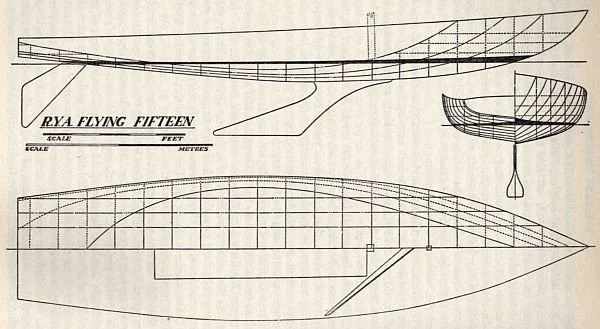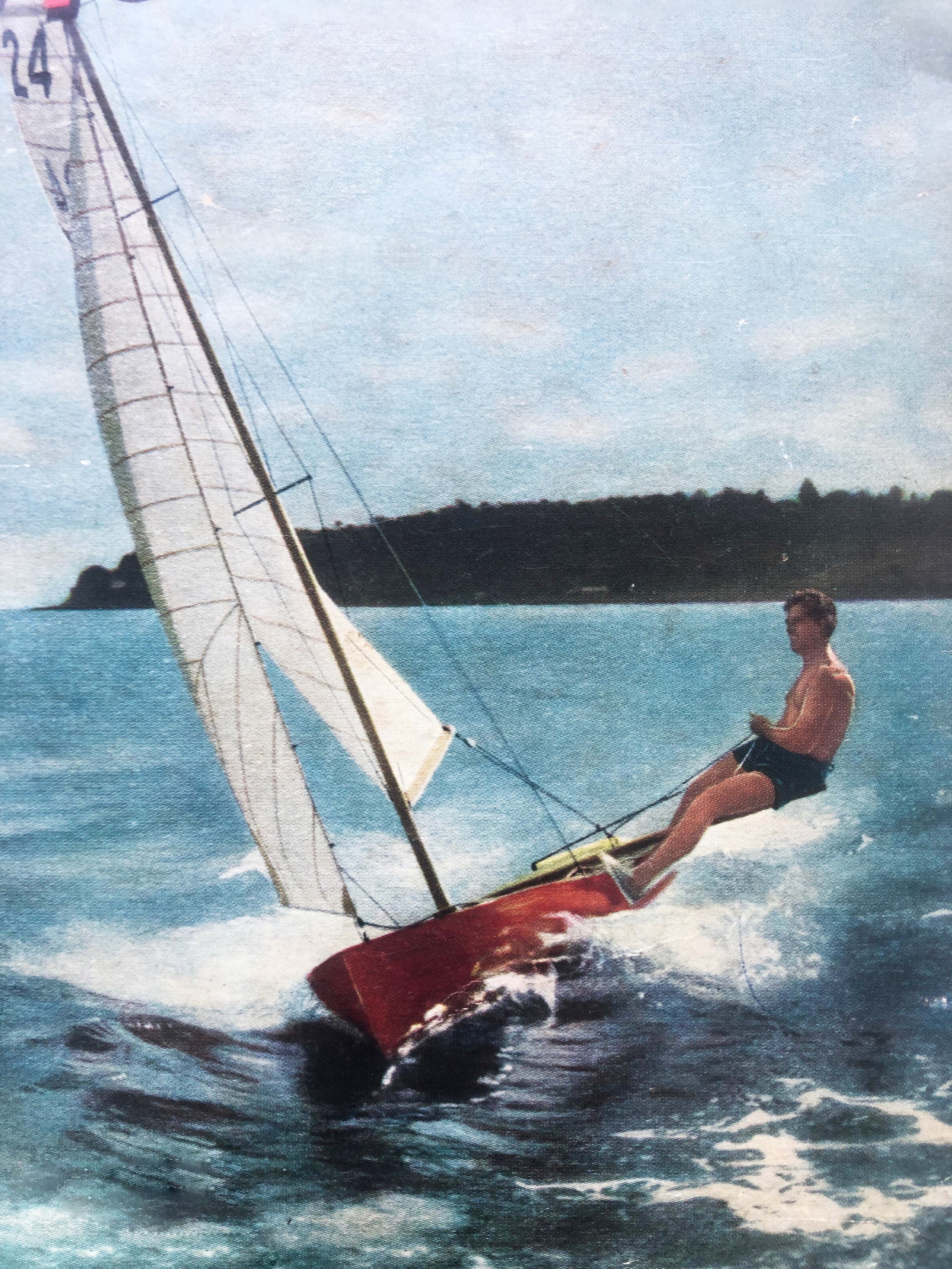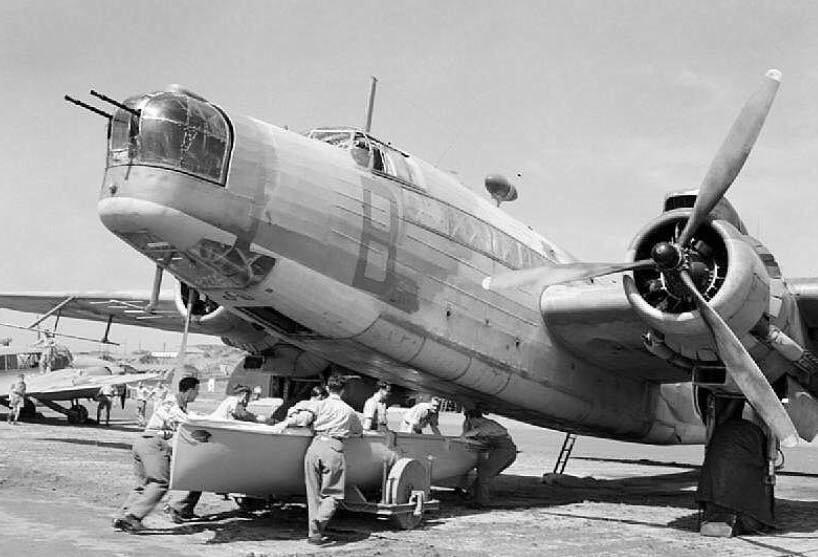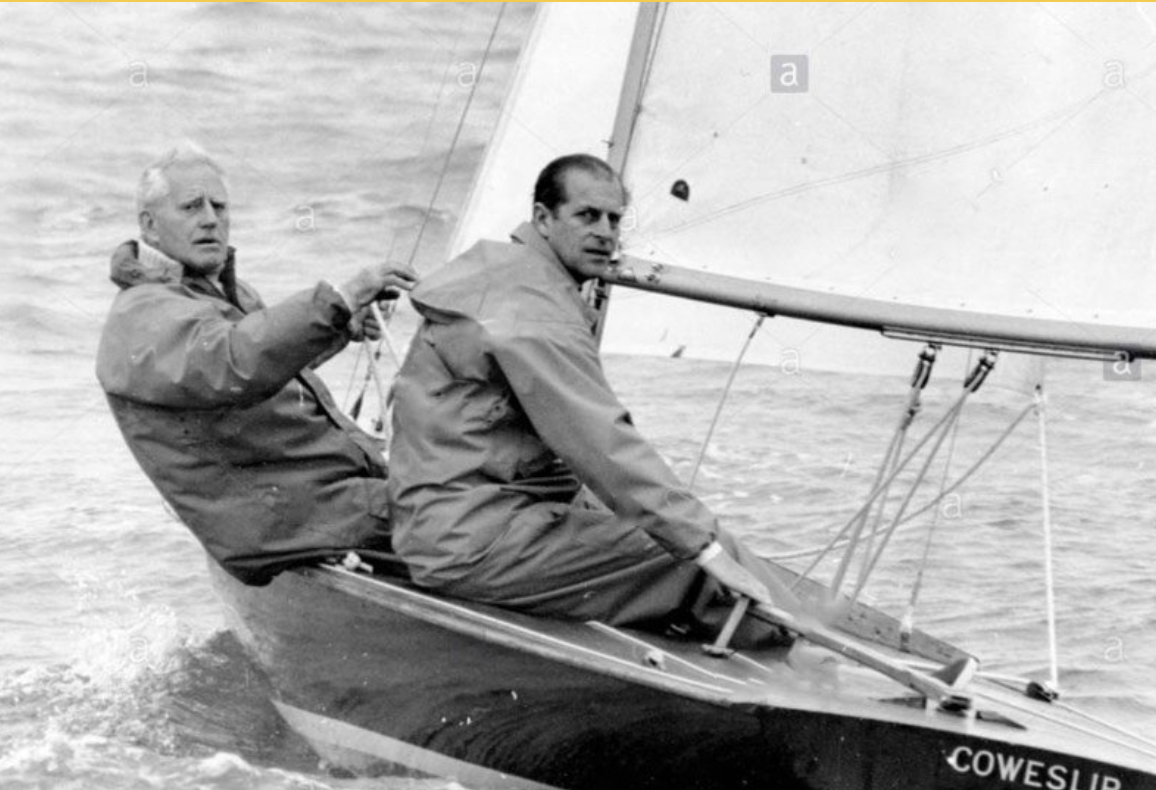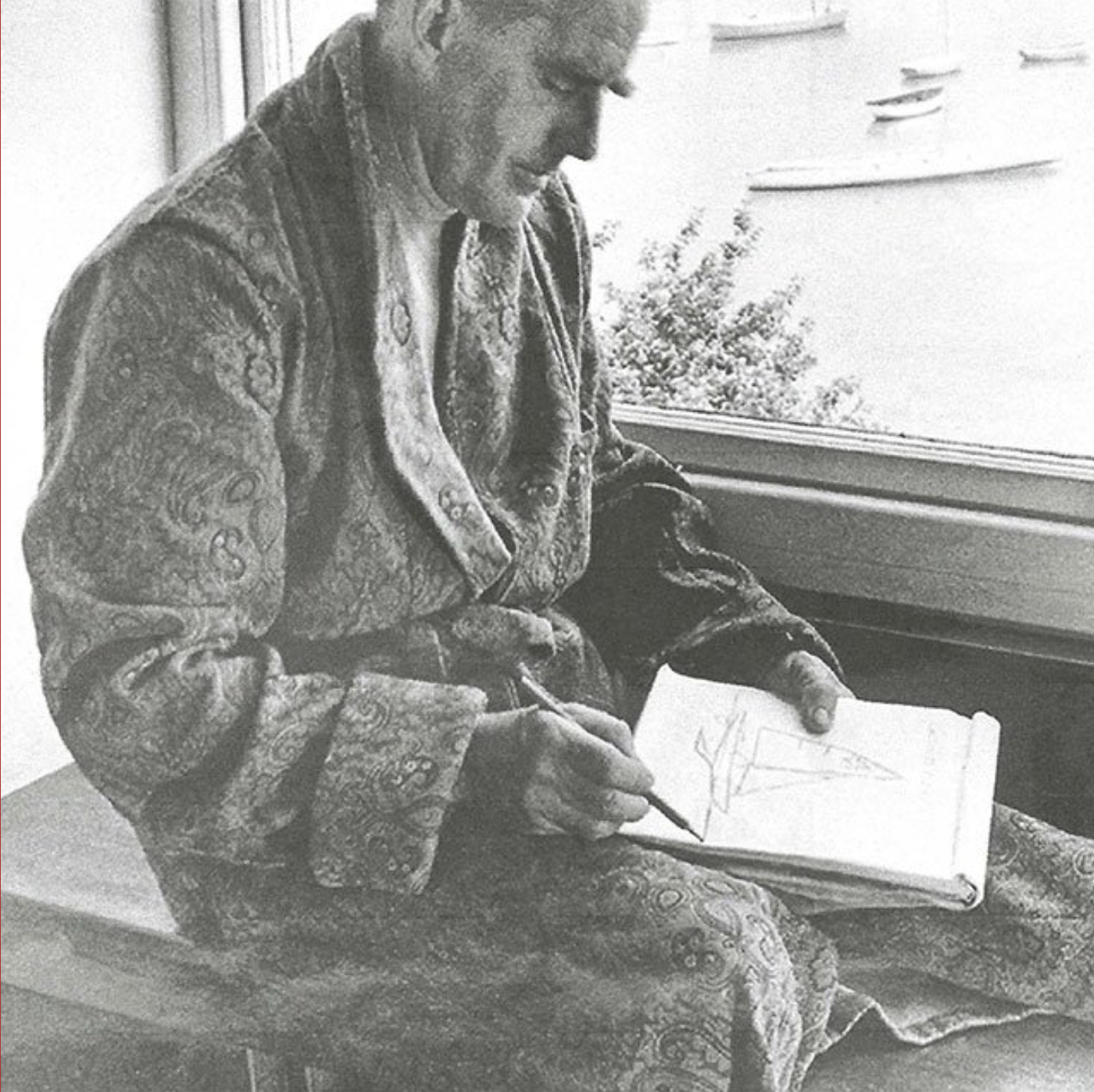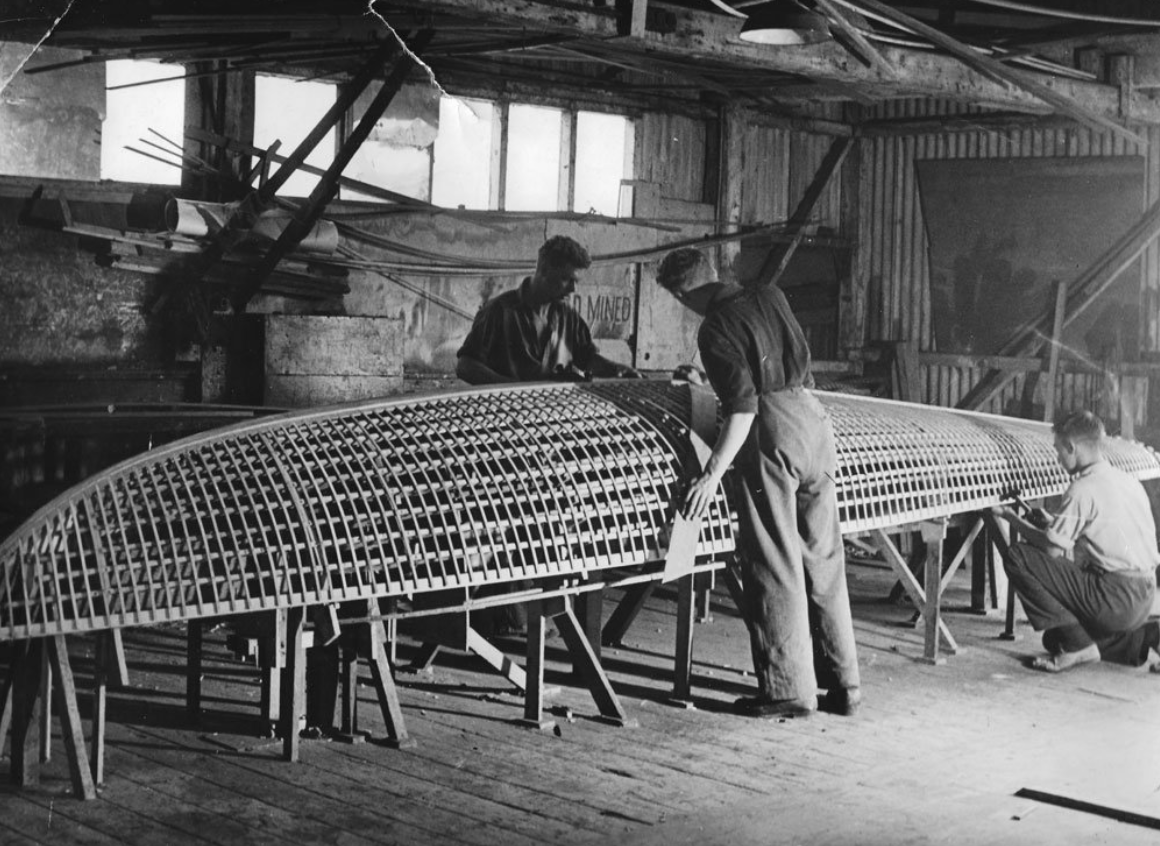“Always look aloft”-Uffa Fox, 50 years on.
Later this month at Cowes on the Isle of Wight, there will be a three day festival to celebrate the legacy of Uffa Fox, 50 years after his death.
In Australia, Fox’s best know design is the Flying Fifteen with fleets in every state and territory by the 1970’s. The First World Championship here was held at Royal Freshwater Bay Y.C. in 1979 and was won by John Cassidy and Don Russell of Australia sailing FREE ‘N EASY. Since then Australia has won another 5 World Championships:
1982 – Peter Gale & Mark Rimmington in “Oysters Kilpatrick to Go” #2386
1984 – Graeme Lillingston & Mike McKenzie in “Gripple Nipper” #2682
1986 – Glen Coulton & Grant Schultz in “Instant Replay” #2975
2005 – Nick & Janet Jerwood in “Spot the Difference” #3743
2009 – Grant Alderson & Dean McAullay in “No Bull” #3833
However there is so much more to the man than Flying 15’s….
Uffa Fox was born in East Cowes on 15th January 1898. At the age of three he was captivated by the sight of Queen Victoria’s funeral procession as a ray of sunlight followed the royal yacht across the sea. He went to Whippingham village school and sung in the choir at St James Church, East Cowes.
When his school days were over he began an apprenticeship with SE Saunders, boatbuilders. Even then they were engaged with high sped craft like MAPLE LEAF IV which was capable of over 50 knots.
Uffa’s apprenticeship lasted seven years covering boatbuilding, shipbuilding and design. At the age of 21 he set up his own boat building business. As premises he acquired an aged ‘floating bridge’ which had linked Cowes to East Cowes. The central part was roofed over to provide a workshop. The prow at one end formed a gangway to the shore and the other became a slipway for launching boats into the river. The passenger accommodation was converted to a drawing office and living space.
“Weight is only good in a Steamroller”
In 1927 Uffa had the idea of making a sailing dinghy that would plane over the water, like the high speed boats made by S E Saunders in Cowes. He experimented with two designs for the National 14ft class, before the third one eventually achieved his target. She was called AVENGER.
In 1928 Uffa gained line honours in every race he sailed in AVENGER , an International Fourteen. Of her 57 starts she gained 52 first places including the Prince of Wales Cup, two seconds and three third places. AVENGER was the first true planing dinghy with a good windward performance. Uffa even sailed her 100 miles across the Channel to Le Havre – three-up – in a mere 27 hours. He then proceeded to claim a victory over the French on their home waters, then promptly turn around and sail AVENGER home in another 37 hours.
While Uffa Fox was undoubtedly talented, original and a free-thinking yacht designer, his force of personality served him remarkably well in his pursuit of what were almost always perceived as radical avenues to improved boat performance. Fox personified self-belief – an essential quality in almost every yacht designer.
During the Second World War, Uffa conceived the idea of the Airborne Lifeboat, a vessel to be carried beneath aeroplanes and dropped by parachute to survivors of ditched aircrafts. Lightly built, with lines that blended to the shape of the planes, the Airbornes had sails, an engine, survival kit, radio and instructions on how to sail. As many as 600 aircrews owed their lives to Uffa’s invention. For all his success in the field of yacht racing he maintained that this was his most fulfilling design.
Immediately after the war he was closely associated with Fairey Marine of Hamble who built hot moulded boats to his design. Included in the impressive list were International Fourteens, Firefly, Swordfish, Albacore, Jolly Boat, Duckling and the cruiser ATALANTA.
Although he had been well known in yachting circles for many years it was Uffa’s association with royalty which spilled his name over on to the broad mass of the British public. He and the Duke of Edinburgh raced together on the Dragon BLUEBOTTLE. The royal helmsman, with Uffa as crew, was also prominent at Cowes Week in the Flying Fifteen, COWESLIP
He wrote that the idea of the Flying Fifteen came to him whilst relaxing in a hot bath and he sketched out the lines still wearing his dressing gown.
It’s now fully established as an international class with over 4000 boats produced.
Out of the Flying Fifteen design came Uffa's next wave of inspiration, producing a range of planing keelboats from the Flying Ten through to the Flying Twenty Five. Then using similar hulls he produced a range of cruiser/racer yachts from the Flying Twenty Five through to the Flying Fifty. (The Flying Thirty and Thirty Five designs actually planed in the right conditions!)
A completely intuitive designer, Uffa Fox, trusted his gut feelings about what made a boat fast, seaworthy, fun to sail and safe. Certainly, his approach was not always scientific, or logical. He believed strongly in trial and error.
Uffa was married three times. His first wife was Alma who played a large part in his early career including preparation of much of his five pre-war books. In 1941 he married Cherry and then in 1956 a French lady Yvonne Bernard. This was an interesting match as Uffa spoke no French and Yvonne no English!
His last residence was the Commodore’s House, overlooking Cowes harbour. it is a 300 year old warehouse with it’s own quay. Designed specifically for his old age he had a lift fitted serving all three floors and the roof garden.
In the 1960s Uffa became associated with the American yachtsman and boat builder George O’Day. This liason resulted in the Daysailer and Javelin classes which surprisingly are Uffa’s most numerous classes.
Uffa Fox was not a particularly good businessman, undoubtedly had his commercial flair matched his inventive genius, he would have ended his days a rich man. As it was, others made far more money out of his ideas than he did himself. Perhaps this is characteristic of many highly creative people; things like managing money are simply a distraction from the free-thinking flow that can create great and original design art.
He had a an amazing memory for sea shanties and made a recording with Ron Goodwin. It was played every morning before the racing started at Cowes Week.
The last boat Uffa designed for his own use was a 25 foot launch ANKLE DEEP. She was built in the basement of the Commodore’s House and lived suspended in davits from his quay. The boat was used for fishing and picnics. His last excursion on the Solent was to watch the start of the 1972 Tall Ships Race hailing his friends in the great mass of spectator boats.
Uffa died in October 1972. Trinity Church at Cowes was packed for the service at which the lesson was read by his great friend Sir Max Aitken. A memorial service at St Martin In The Fields London was equally packed and attended by amongst others the Duke of Edinburgh.


